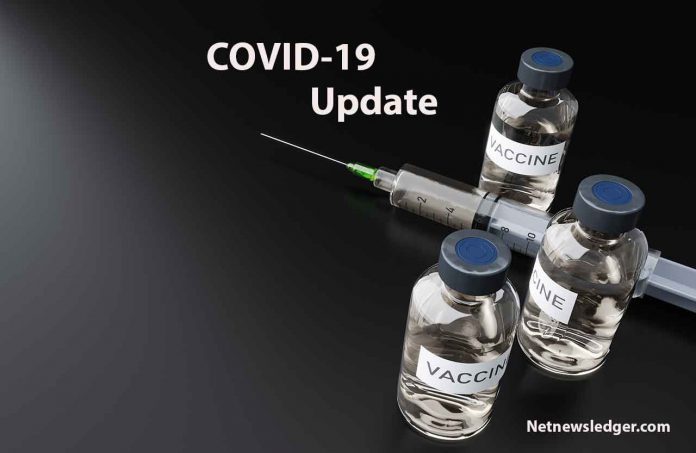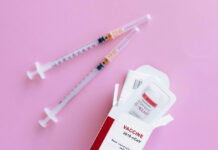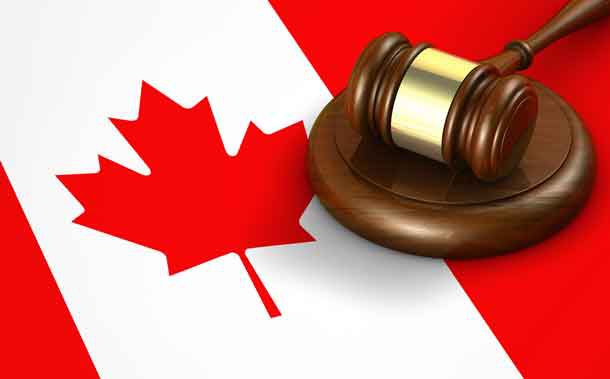Thunder Bay – COVID-19 Update – The Thunder Bay District Health Unit (TBDHU) is reporting 9 (nine) new COVID-19 cases in residents in the TBDHU Region.
Two of the cases are related to the Roseview outbreak: Surveillance testing of all residents and staff was done Friday, December 11, 2020. 27 active resident cases and 20 active staff cases are reported at the facility. Those staff members are currently isolating and recovering at home.
Eight of the cases are here in Thunder Bay and surrounding communities, and one case is in the outlying communities that the TBDHU covers. There are now 123 active cases of the virus in the district.
All the the persons are self-isolating.
Protect You and Your Family
To prevent the spread of COVID-19:
- Clean your hands often. Use soap and water, or an alcohol-based hand rub.
- Maintain a safe distance from anyone who is coughing or sneezing.
- Wear a mask when physical distancing is not possible.
- Don’t touch your eyes, nose or mouth.
- Cover your nose and mouth with your bent elbow or a tissue when you cough or sneeze.
- Stay home if you feel unwell.
- If you have a fever, cough and difficulty breathing, seek medical attention.
The Thunder Bay District Health Unit on COVID-19
Okay, it’s time to clear a few things up about what is expected when one person in a household tests positive for COVID-19. So… a thread.
First, let’s be real. These are challenging times and all these new protocols are not always the easiest to understand. We’re not saying you need a PhD in Epidemiology to make sense of it, but…. it sure wouldn’t hurt. So with that said, don’t feel bad if this is all a tad tricky to navigate.
So what is actually expected if someone in the household tests positive? Or what if they’re a close contact?
Okay, so let’s say you’re living in the same household as someone who has tested positive with COVID-19. In that case, you would be considered a close contact. Close contacts are strongly recommended to get tested and self-isolate for 14 days, regardless of whether or not they have symptoms. Keep in mind that even if you test negative during this time, you must continue to self-isolate for the full 14 days.
Let’s say you are identified as a close contact but do not live with the person who tested positive. Here you are also instructed to self-isolate for 14 days and are strongly recommended to get tested. As for the people who live in this household, they are able to continue to go to school and work as long as the high risk contact or that individual doesn’t have symptoms. Now, if the close contact develops symptoms, then the entire household must self-isolate.
Phew.
Remember, it’s important to understand that people who are exposed to COVID-19 do not automatically HAVE COVID-19 nor are they infectious immediately upon exposure. They are, however, at increased risk of developing the virus, but they are also closely monitored and tested to ensure early detection of any spread. This is why it is unlikely that their close contacts are spreading the virus during this period.We know this is scary and for sure it’s confusing but please note that the TBDHU has a very capable and hardworking case and contact management team who will explain every step to anyone who tests positive and their close contacts.







